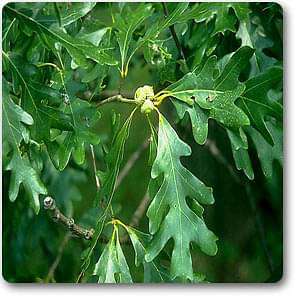
Quercus alba - Plant
(MRP Inclusive of all taxes)
- Shipping ₹79 for entire order
- Dispatch in 7 days
- Country of origin: India

(MRP Inclusive of all taxes)
 Save 29%
Save 29%
Air Purifier Money Plant with Pot The Air Purifier Money Plant, also known as Pothos or Epipremnum aureum, is a stunning indoor plant that...
View full details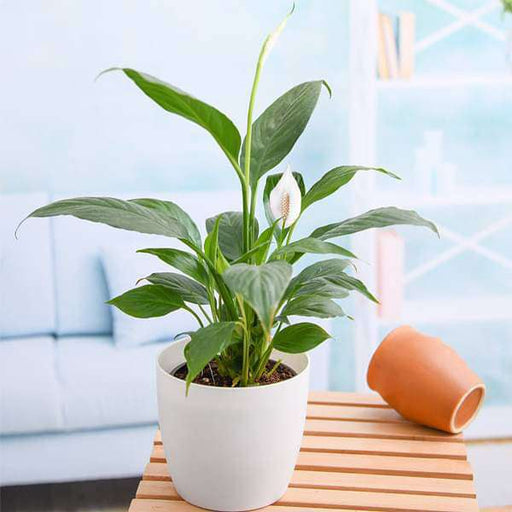
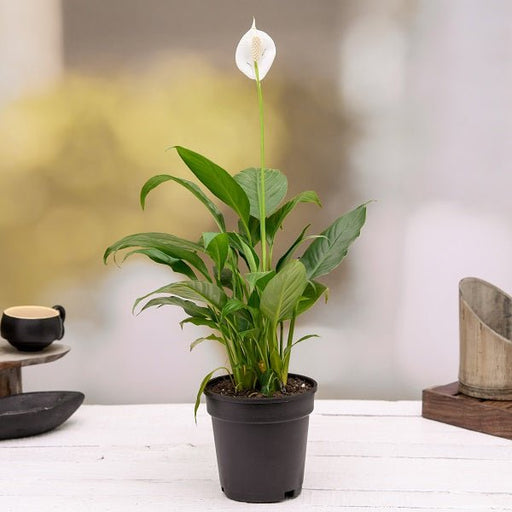 Save up to 15%
Save up to 15%
Peace Lily, Spathiphyllum - Plant The Peace Lily, scientifically known as Spathiphyllum, is a stunning houseplant celebrated for its elegant white...
View full details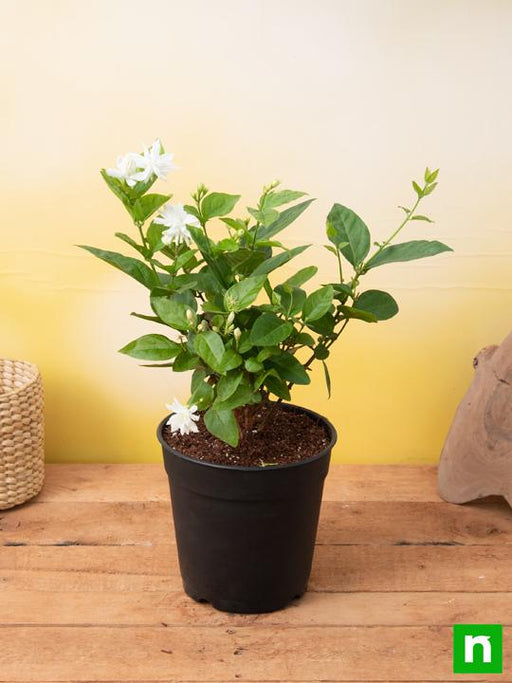
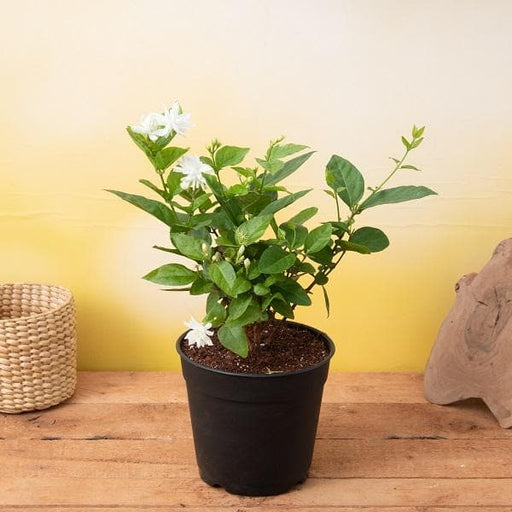 Save 25%
Save 25%
Jasminum sambac, Mogra, Arabian Jasmine - Plant Jasminum sambac, commonly known as Mogra or Arabian Jasmine, is a fragrant flowering plant...
View full details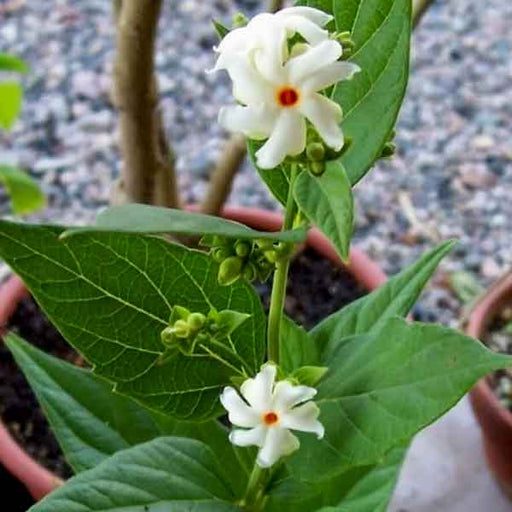
 Save 18%
Save 18%
Combo Constituents Includes the Parijat Tree (Night-Flowering Jasmine), a culturally significant plant with fragrant flowers. Description The Pari...
View full details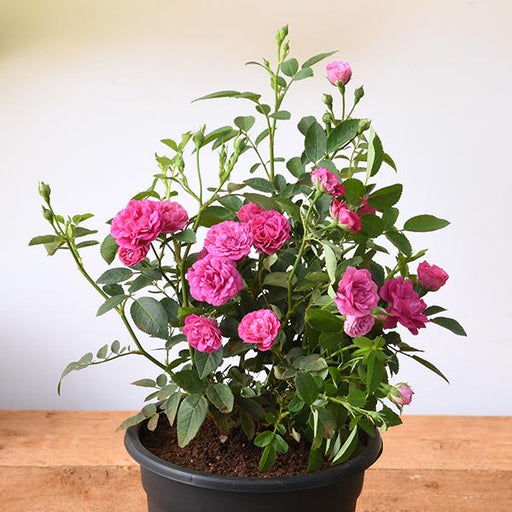
 Save 25%
Save 25%
Miniature Rose, Button Rose (Any Color) - Plant The Miniature Rose, also known as the Button Rose, is a charming and compact flowering plant that ...
View full details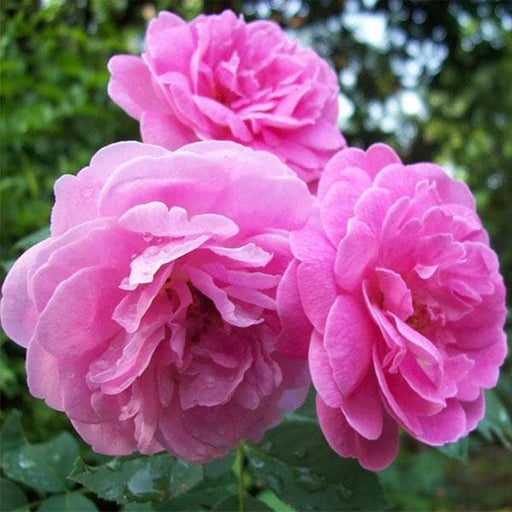 Save 25%
Save 25%
Damascus Rose, Scented Rose (Any Color) - Plant The Damascus Rose, also known as Rosa damascena, is a timeless symbol of beauty and romanc...
View full details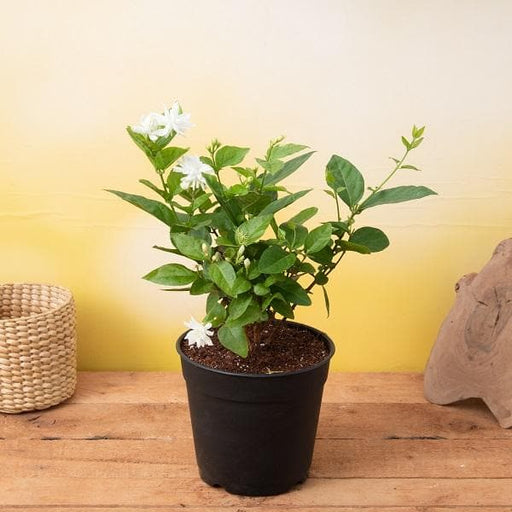
 Save 17%
Save 17%
Beautiful Fragrant Mogra, Arabian Jasmine Plant with Pot The Beautiful Fragrant Mogra, also known as Arabian Jasmine (Jasminum sambac), is...
View full details Save 15%
Save 15%
Pack of Vermicompost and Neem Cake for House Plants Transform your indoor garden with our premium Pack of Vermicompost and Neem Cake, spec...
View full details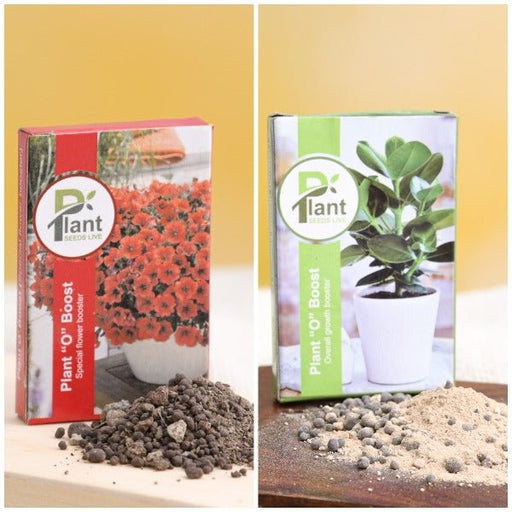
Pack of Plant Growth and Flower Boosters Unlock the full potential of your garden with our Pack of Plant Growth and Flower Boosters! This ...
View full details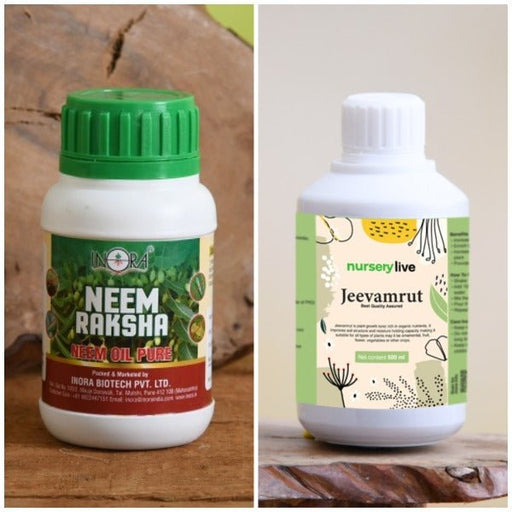 Save 38%
Save 38%
Combo of Jeevamrut and Neem Raksha for Easy Growth and Protection of Houseplants Transform your indoor garden with our exclusive combo of ...
View full details Save 22%
Save 22%
Plant Nutrients Kit (Pack of 16) for a Healthy Garden Transform your garden into a lush paradise with our Plant Nutrients Kit, featuring 1...
View full details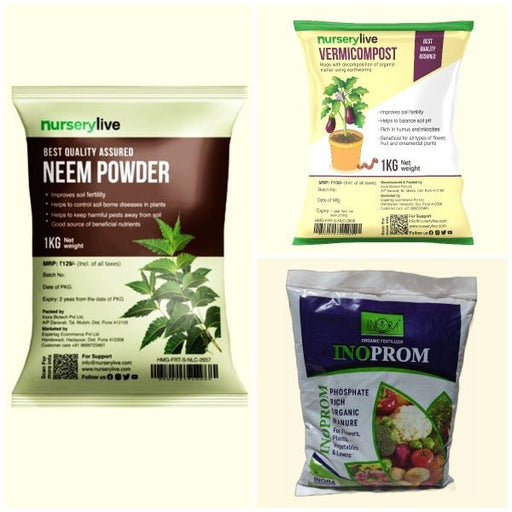 Save 16%
Save 16%
Combo of Top Plant Fertilizers Elevate your gardening game with our exclusive Combo of Top Plant Fertilizers, featuring two bags of premiu...
View full details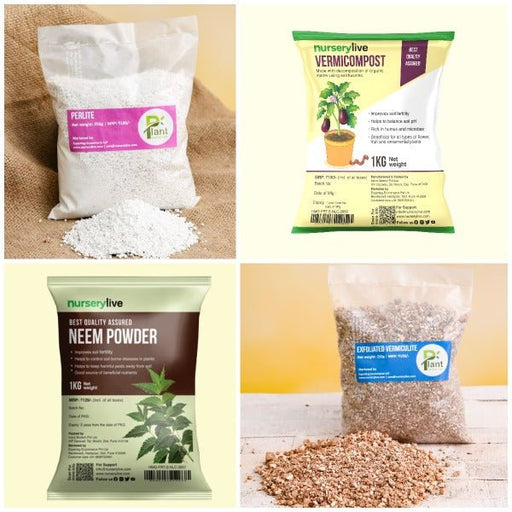 Save 24%
Save 24%
Pack of 4 Additives to Make Soil Healthy and Nutrient Rich Transform your garden into a thriving ecosystem with our Pack of 4 Additives de...
View full details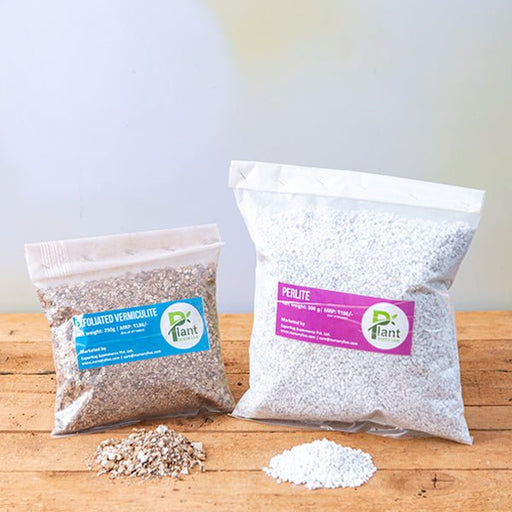 Save 30%
Save 30%
Transform your gardening experience with our premium Combo of Perlite and Vermiculite. This unique blend is designed to enhance soil aeration and ...
View full details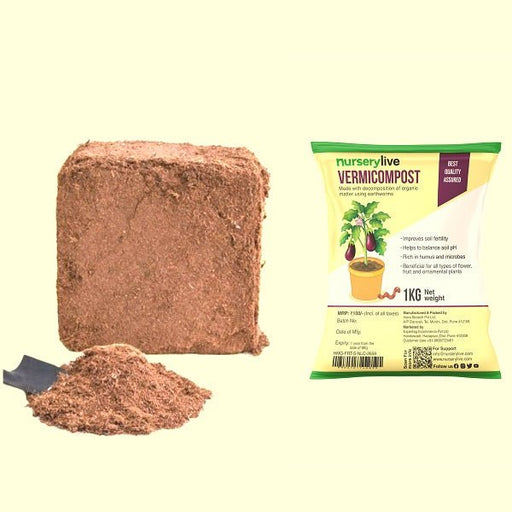 Save 27%
Save 27%
Combo of 2 Vermicompost and Cocopeat - Enrich Your Soil Naturally! Transform your garden into a thriving ecosystem with our Combo of 2 Ver...
View full details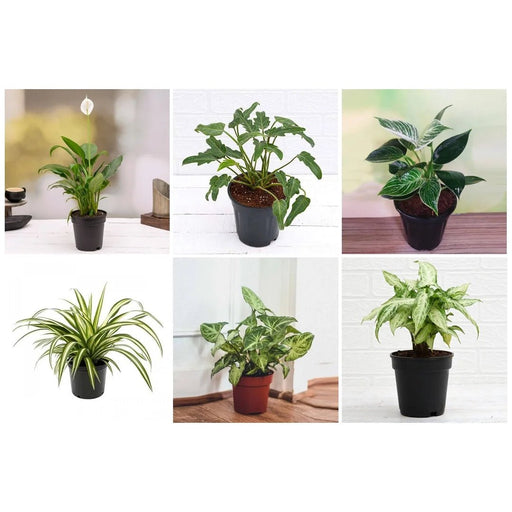
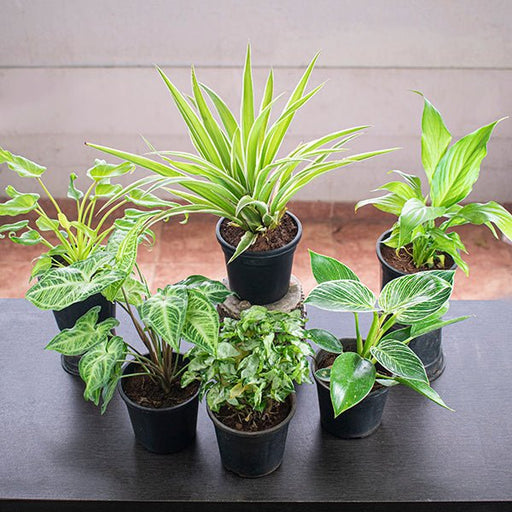 Save 35%
Save 35%
Best 6 Plants for Perfect Indoor Garden Transform your living space into a lush oasis with our curated collection of the Best 6 Plants for a...
View full details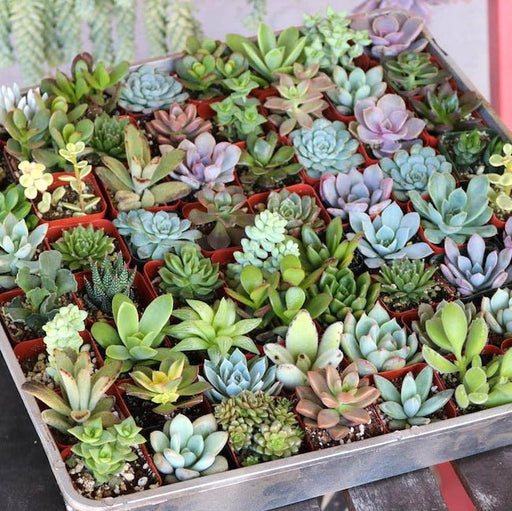
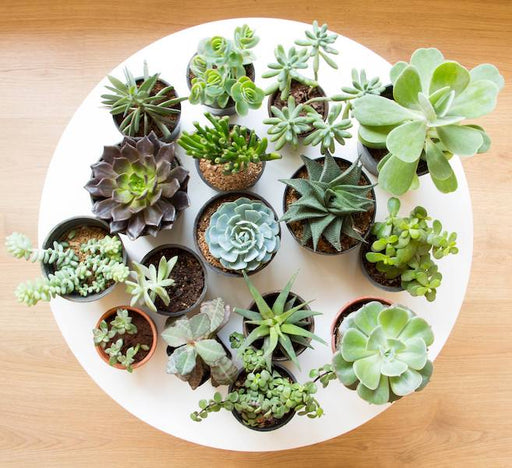 Save up to 50%
Save up to 50%
Mini Succulent Garden Pack Transform your space with our Mini Succulent Garden Pack, featuring a delightful collection of 4 any variety beautiful s...
View full details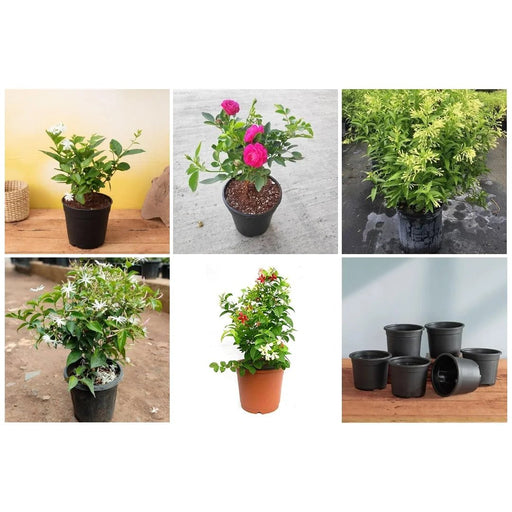
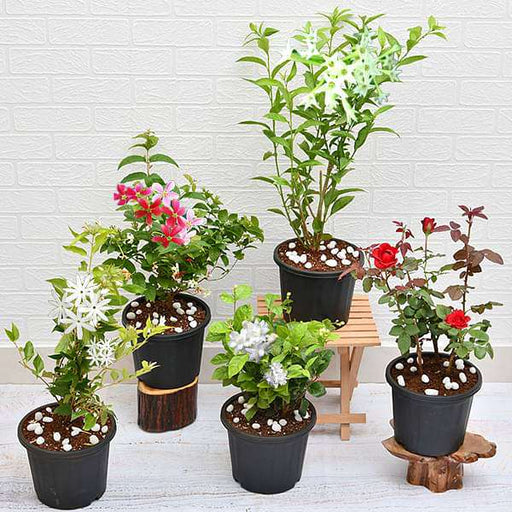 Save 30%
Save 30%
5 Best Fragrant Plants Transform your garden or indoor space into a fragrant paradise with our curated selection of the 5 Best Fragrant Plants. Th...
View full details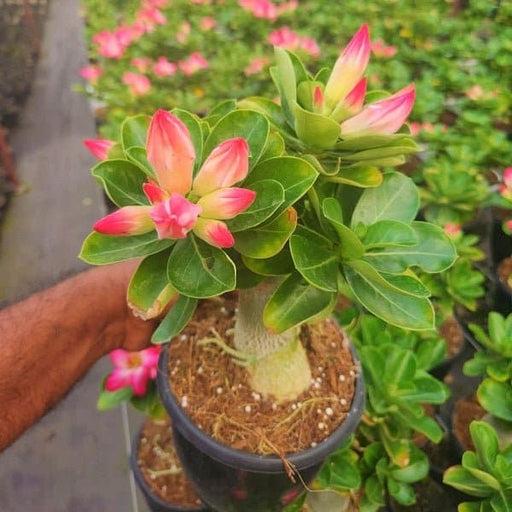
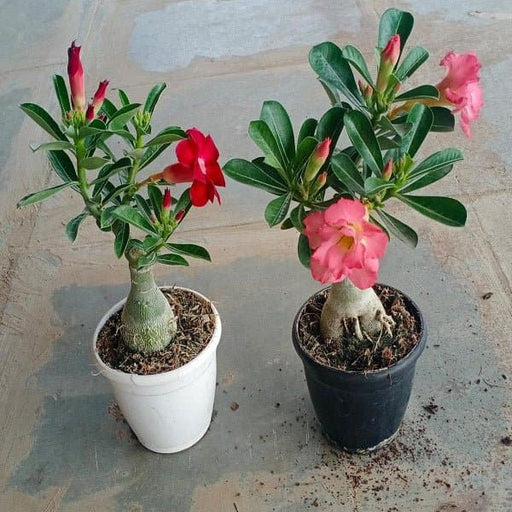 Save 24%
Save 24%
Set of 2 Bonsai Looking Grafted Adeniums Transform your indoor or outdoor space with our exquisite Set of 2 Bonsai Looking Grafted Adenium...
View full details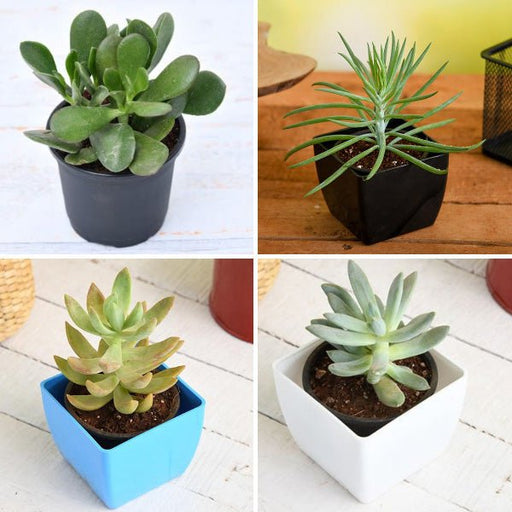 Save 45%
Save 45%
Top 4 Die Hard Succulents Pack Transform your indoor or outdoor space with our Top 4 Die Hard Succulents Pack, featuring a curated selecti...
View full details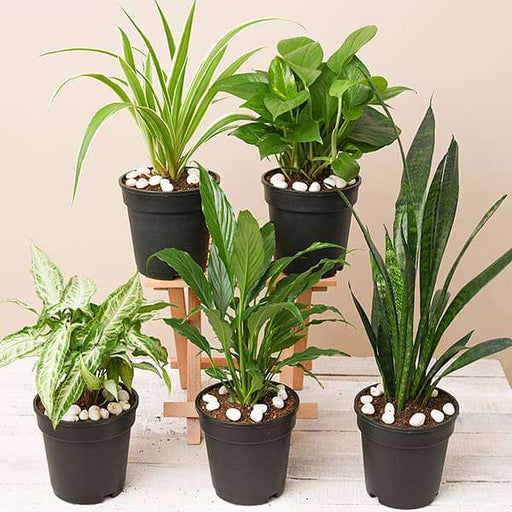
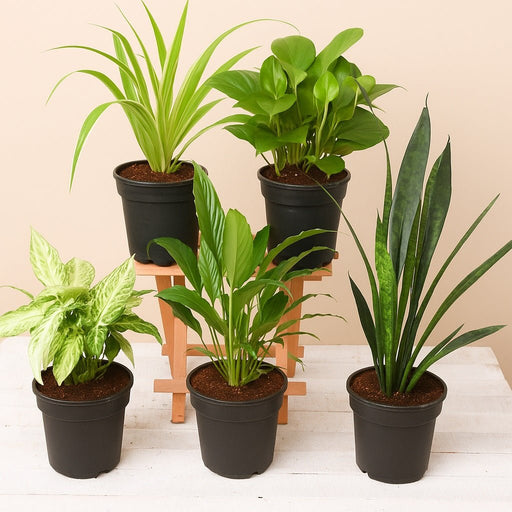 Save 30%
Save 30%
5 Best Indoor Plants Pack Transform your living space into a lush oasis with our '5 Best Indoor Plants Pack.' This carefully curated collection fe...
View full details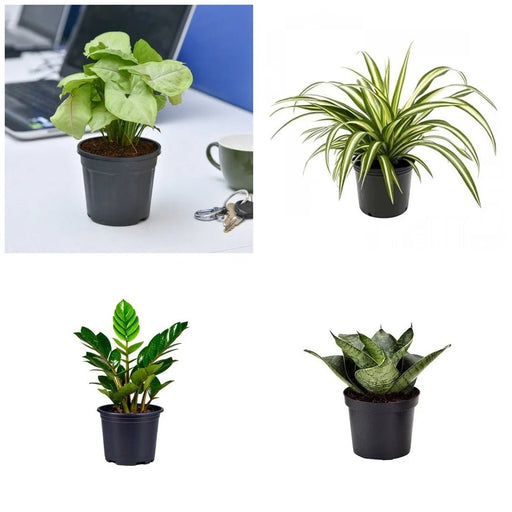
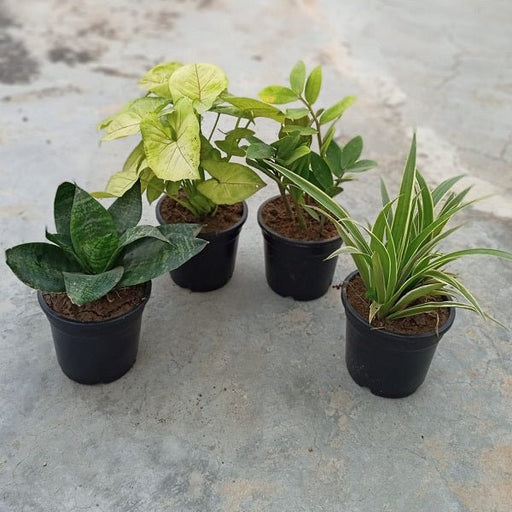 Save 25%
Save 25%
Set of 4 Evergreen Air Purifier Plant Pack Transform your indoor space into a lush, green oasis with our Set of 4 Evergreen Air Purifier Pla...
View full details| SrNo | Item Name |
|---|---|
| 1 | Quercus alba - Plant |
The Quercus alba, commonly known as the White Oak, is a majestic deciduous tree native to North America. Renowned for its stunning foliage and robust structure, this tree can grow up to 80 feet tall and live for over 300 years. Its broad, rounded crown and beautiful fall colors make it a favorite among landscape enthusiasts and ecologists alike.
What sets the White Oak apart is its impressive adaptability to various soil types and climates, making it a resilient choice for both urban and rural settings. Its acorns are a vital food source for wildlife, contributing to biodiversity and ecosystem health.
Special features of the Quercus alba include its strong, durable wood, which is highly valued in furniture making and flooring. The tree's bark is also distinctive, with its light gray color and scaly texture, adding visual interest to any landscape.
If you’re looking for a tree that’s not just a pretty face, Quercus alba, or the white oak, is your go-to. This majestic tree offers a plethora of benefits, from providing shade that makes summer picnics a breeze to producing acorns that are a gourmet delight for squirrels. Plus, its strong wood is a favorite for furniture makers, ensuring that your tree is not just a backyard ornament but a contributor to fine craftsmanship. Planting a Quercus alba is like investing in a natural air purifier, as it absorbs carbon dioxide and releases oxygen. So, while you’re lounging under its expansive canopy, you can breathe easy knowing you’re doing your part for the planet.
If you’re impatiently tapping your foot waiting for your Quercus alba to grow, you might want to take a deep breath. This tree is not a speedster; it’s more of a slow and steady type. Typically, you can expect a growth rate of about 1 to 2 feet per year. But don’t let that deter you! Good things come to those who wait, and this tree will reward your patience with a stunning presence that can reach heights of 50 to 80 feet. Think of it as the tortoise in the race of life—slow but ultimately majestic. So, while your neighbors might be planting fast-growing poplars, you’ll be cultivating a timeless beauty that will stand tall for generations.
Quercus alba is a tree that knows how to pick its friends. Native to the eastern United States, it thrives in well-drained, sandy or loamy soils, often found in mixed hardwood forests. This tree loves to hang out with its buddies like hickories and maples, creating a vibrant ecosystem that’s a haven for wildlife. If you’re thinking of planting one, make sure it has plenty of room to stretch its roots and branches. It’s not a fan of soggy feet, so avoid swampy areas unless you want your tree to feel like it’s on a permanent vacation in a bog. Give it the right habitat, and it’ll reward you with a stunning display of fall colors that’ll make your neighbors green with envy.
Caring for your Quercus alba is like nurturing a fine wine; it requires patience and a little know-how. First off, make sure it’s planted in a sunny spot—this tree loves to soak up the rays. Water it regularly, especially during its early years, but don’t drown it; Quercus alba prefers a well-drained soil that doesn’t turn into a swamp. Mulching is your best friend here, keeping the roots cool and the weeds at bay. Pruning is also essential, but don’t go overboard; a little snip here and there will do. Remember, this tree is a long-term commitment, so treat it like the family member it is—give it love, attention, and the occasional compliment about its stunning foliage.
“Did you know these acorns can be ground into flour?” So, while you enjoy the beauty of your tree, remember that you’re also hosting a culinary adventure for the local critters.
When it comes to wood, Quercus alba is the rock star of the forest. Known for its durability and strength, this wood is a favorite among furniture makers and craftsmen. It’s like the Swiss Army knife of lumber—perfect for everything from flooring to cabinetry. The beautiful grain patterns and light color make it a sought-after choice for those looking to add a touch of elegance to their homes. Plus, it’s resistant to warping and decay, so you won’t have to worry about your furniture falling apart after a few years. So, if you’re considering a home project, remember that Quercus alba wood is not just a material; it’s a statement piece that says, “I appreciate quality.”
If you’re looking to elevate your landscaping game, Quercus alba is the ultimate showstopper. This tree can serve as a stunning focal point in your yard, providing shade and beauty that will make your neighbors green with envy. Its broad canopy offers a perfect spot for a hammock, turning your backyard into a relaxation paradise. Plus, the fall foliage is a spectacle that will have you reaching for your camera. Planting a Quercus alba is like adding a piece of art to your landscape—one that changes with the seasons. Just be sure to give it enough space to grow; this tree doesn’t do well in cramped quarters. So, roll up your sleeves and get ready to create a landscape that’s the envy of the neighborhood.
Like any celebrity, Quercus alba has its fair share of drama, particularly when it comes to diseases. While generally hardy, it can fall victim to a few pesky ailments like powdery mildew and oak wilt. But fear not! With a little vigilance and care, you can keep your tree in tip-top shape. Regular inspections are key; look for any signs of distress, like wilting leaves or unusual spots. If you spot trouble, consult an arborist who can help you navigate the treatment options. Think of it as a tree spa day—sometimes, even the mightiest oaks need a little TLC. With proper care, your Quercus alba will continue to thrive and be the envy of the forest.
Propagating Quercus alba is like playing matchmaker for trees. The most common method is through acorns, which you can collect in the fall. Just make sure they’re from a healthy tree—no one wants to set up a date with a dud! After collecting, soak the acorns in water for a day to test their viability; the floaters are no good. Plant the acorns in well-drained soil, and voilà! You’re on your way to growing your very own white oak. Just remember, patience is key; these little acorns take time to grow into the majestic trees they’re destined to be. So, grab your gardening gloves and get ready to nurture some future giants!
Quercus alba is not just a pretty face; it’s a multitasker in the world of trees. Beyond its stunning appearance, this oak has a variety of uses that make it a true asset to any landscape. Its acorns are a vital food source for wildlife, while its strong, durable wood is perfect for crafting furniture, flooring, and even barrels for aging fine wines. Yes, you heard that right—your Quercus alba could be part of the next vintage! Additionally, its shade is a welcome relief on hot summer days, making it a favorite spot for family gatherings. So, when you plant a Quercus alba, you’re not just adding a tree; you’re investing in a whole ecosystem of benefits that will keep on giving for years to come.
The history of Quercus alba is as rich as its wood. This tree has been a staple in American forests for centuries, playing a significant role in the lives of Native Americans and early settlers. They used its acorns for food and its wood for building sturdy homes and canoes. Fast forward to today, and Quercus alba is still celebrated for its beauty and utility. It’s often featured in literature and art, symbolizing strength and endurance. So, when you plant a Quercus alba, you’re not just adding a tree to your yard; you’re connecting with a legacy that has stood the test of time. It’s like having a piece of history right in your backyard, ready to tell its story for generations to come.
Quercus alba, commonly known as the white oak, is a majestic tree native to North America. With its stunning lobed leaves and durable wood, it’s the tree equivalent of a fine wine—classy, long-lasting, and perfect for making furniture that your grandkids will fight over.
Quercus alba thrives in well-drained soils across the eastern United States. It’s like the tree version of a social butterfly, preferring sunny spots and open spaces, but it can also tolerate some shade. Just don’t expect it to grow in a swamp; it’s not a fan of soggy socks!
Quercus alba can reach heights of 50 to 80 feet, making it the towering giant of the forest. Think of it as the skyscraper of trees, providing shade and shelter for all sorts of critters. Just be careful not to stand too close during a windy day; it’s got a few branches that could use a haircut!
The leaves of Quercus alba are lobed and can grow up to 8 inches long, resembling nature’s very own hand fans. In fall, they turn a stunning red to brown, making them the fashionistas of the tree world. Who knew leaves could have such a flair for drama
Absolutely! Quercus alba is a wildlife buffet, attracting squirrels, deer, and various birds. Its acorns are like nature’s candy, providing a nutritious snack for critters. So, if you’re looking to host a wildlife party, planting a white oak is the way to go—just don’t forget the party hats!
Quercus alba is the Methuselah of trees, living for 200 to 300 years. It’s like the wise old sage of the forest, witnessing centuries of history while standing tall. So, if you’re looking for a long-term investment in your yard, this tree is the ultimate heirloom.
Quercus alba has a decent tolerance for drought once established, but it prefers a good drink now and then. Think of it as a tree that enjoys a spa day—occasional pampering keeps it happy and healthy. Just don’t let it get too thirsty; it might start shedding leaves like a drama queen!
Not so much; it prefers to avoid the mud wrestling scene.
Quercus alba is a moderate grower, adding about 1 to 2 feet per year. It’s not in a hurry to reach the top, preferring to take its time and grow strong. Think of it as the tortoise in the race—slow and steady wins the longevity game!
Yes, Quercus alba can adapt to urban environments, but it prefers a bit of elbow room. It’s like that friend who loves the city but needs a weekend getaway to the woods. Just ensure it has enough space to spread its branches and roots without feeling cramped.
Caring for Quercus alba is simple: water it during dry spells, mulch to retain moisture, and give it plenty of space to grow. It’s like raising a child—provide the essentials, and let it flourish. Just remember, no heavy pruning; it’s not a bonsai tree!
Quercus alba wood is prized for its strength and beauty, making it perfect for furniture, flooring, and barrels for aging fine wines. It’s the tree that gives back, turning into heirloom pieces that can be passed down through generations. Who knew a tree could have such a sophisticated career